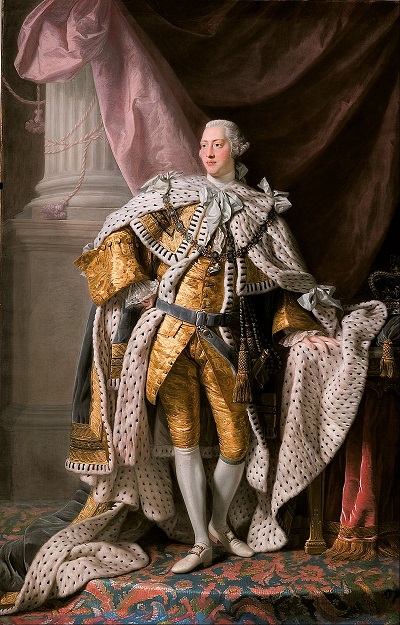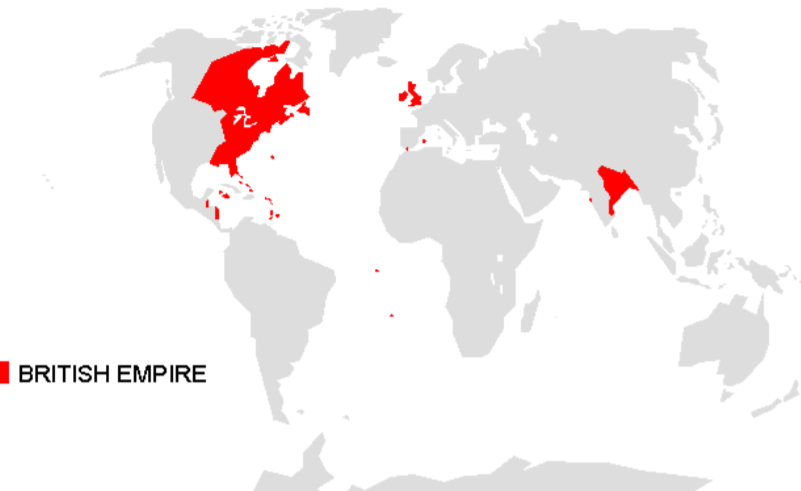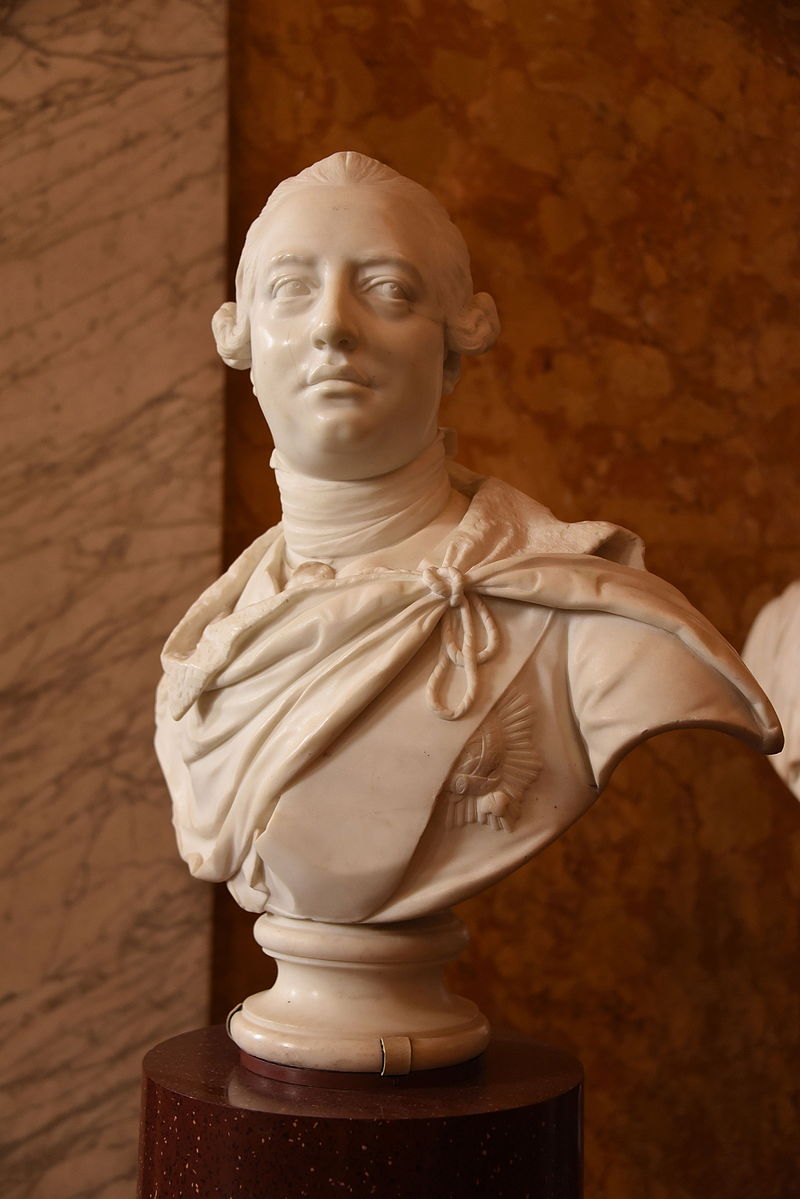Grown Up
In the absence of an anointed heir, Elizabeth’s senior adviser & head of the government Sir Robert Cecil turned to the Protestant James VI of Scotland (son of Mary Stuart) who was proclaimed King on July of 1603, uniting the crowns of England & Scotland in a shift that shaped both nations to the present day. James I’s accession to the throne brought a new influx of population this time from Scotland, in a city that was already suffering the repercussions of congestion & poor sanitation.
Frequent outbreaks of severe plague epidemics recurred repeatedly in the first half of the 17th century. The first one in 1603 coincided with James I’s succession restricting the programmed festivities of his coronation. London’s surplus in people, income & naval expertise would be channeled in the newly established joint stock companies which were being set up to trade in various parts of the world with the right of monopoly to explore, trade or settle certain regions, granted to them by the Crown. In 1606 the Virginia Company of London & its Plymouth branch are given their royal charters by King James I, with the right to establish the first English colonies in North America. A year later 3 ships of 144 men set sail from Blackwall dock, downriver from the Tower of London to reach the coasts of Virginia after a long journey of 144 days.
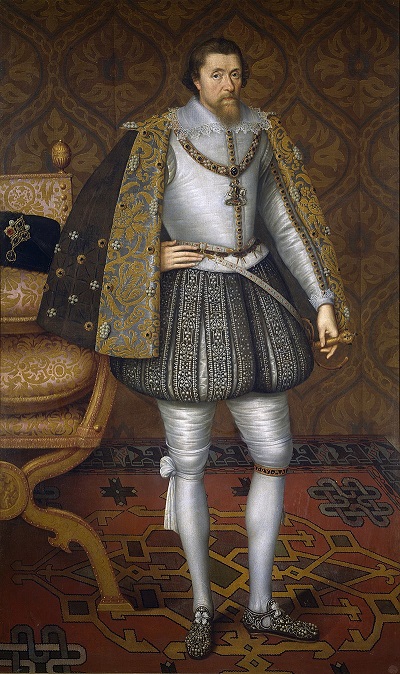
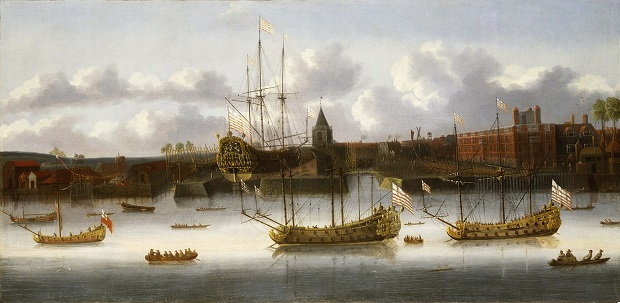
London increased the pace of its own expansion in order to cope with the rising population initially with ribbon developments along the major roads & later across the fields. Nobles & wealthy merchants purchased large plots of open country on the outskirts of the city where they built their mansions, creating new neighborhoods that would bear their names in the future like Piccadilly from a mansion built in 1612 by a wealthy merchant of picadils (stiff collars with scalloped edges and a broad lace in fashion at the time), or Leicester Square (from the small palace built in 1635 by the Earl of Leicester on fields north of Whitehall Palace).
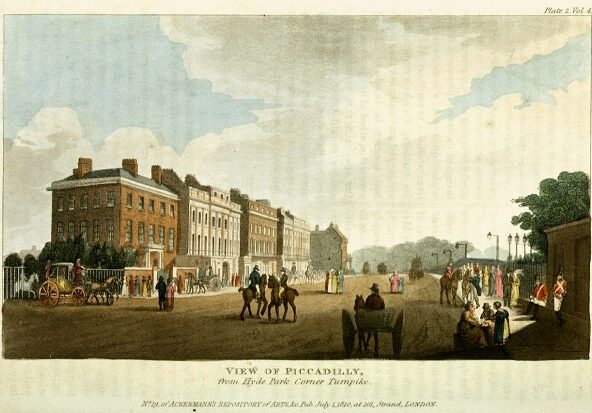
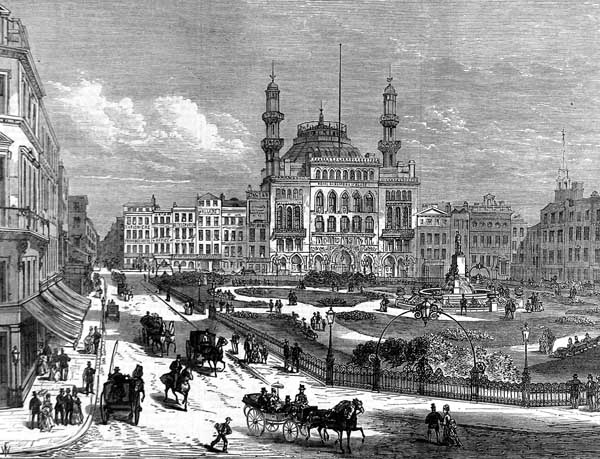
Emigration to the new world was also intensified in the 1610’s especially after 1617 when a new law approved by King James I replaced the penalty of execution over certain crimes with that of the so-called penal transportation. In 1620 the famous in American history as a symbol of early colonization pilgrim ship Mayflower begins its journey from London to finally establish the first sizable permanent English settlement in the New England region.
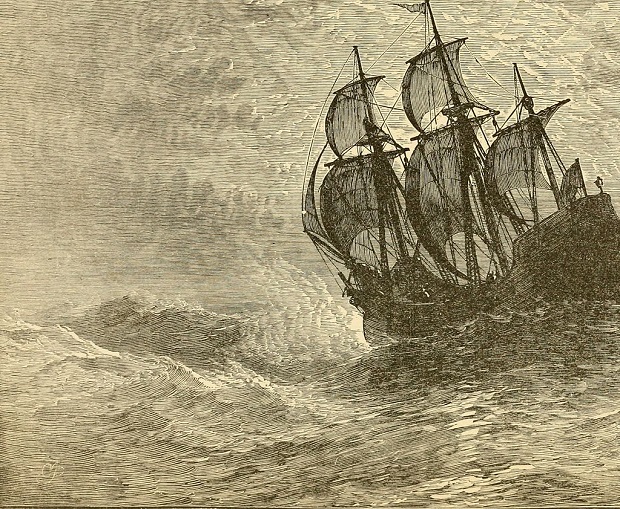
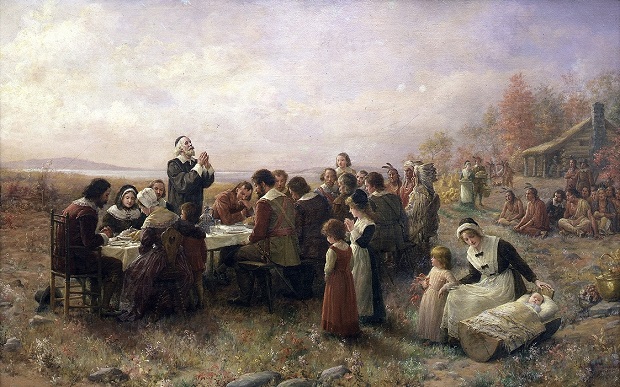
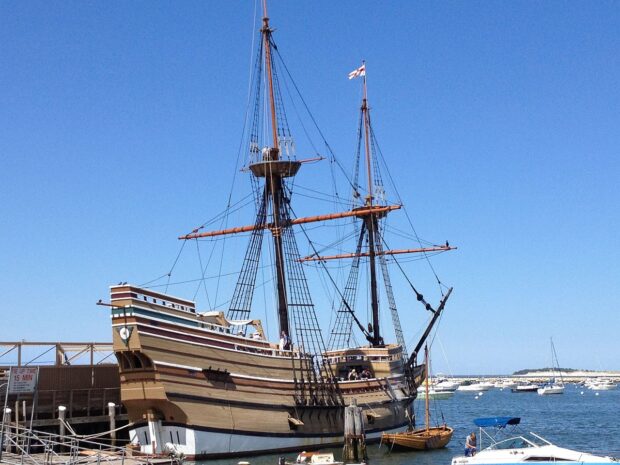
King James I’s son Charles I ascended on the throne in 1625 and soon afterwards inaugurated an intense relationship with his parliament by marrying to the Roman Catholic Henrietta Maria of France. Charles’ slide towards absolutism with decisions such as the dissolution of Parliament, the imprisonment of Parliamentary leaders & the levying of new taxes along with his perceived distancing from Protestantism in the matters of religion ultimately led to the English Civil War between Parliamentarians & Royalists in mid-1642, with London becoming an anti-royalist stronghold.
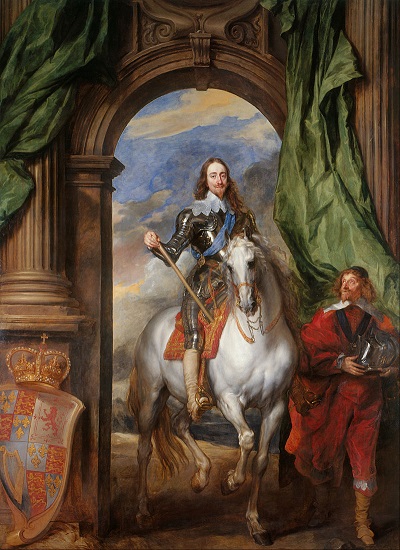
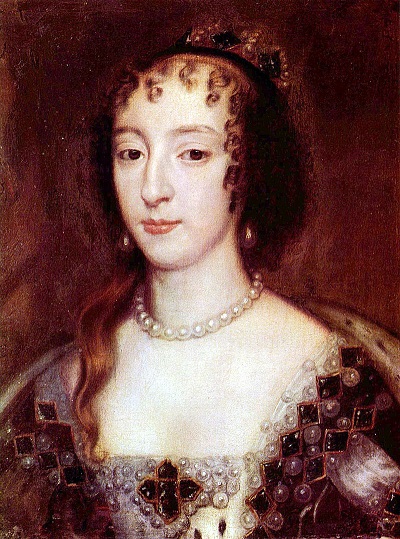
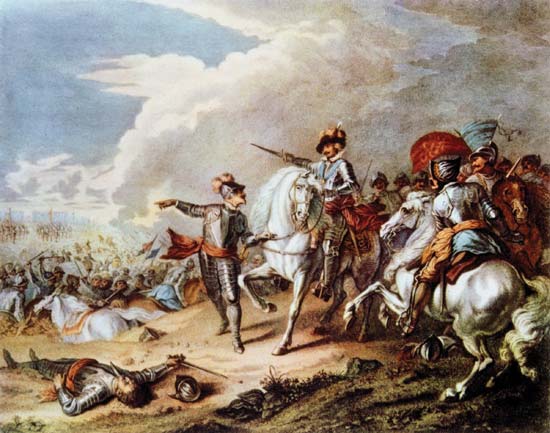
Although the Royalists managed to conduct some victories during the first year of the war, the tide changed after 1643, ending up with the King tried in Westminster Hall in January 1649 with the accusation of treason against England & his final decapitation on a scaffold in front of the Banqueting House of the Palace of Whitehall.
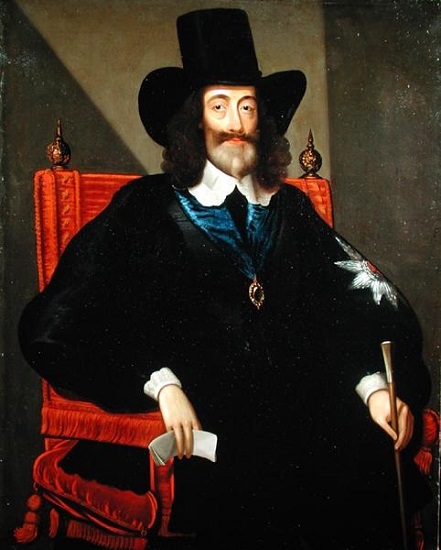
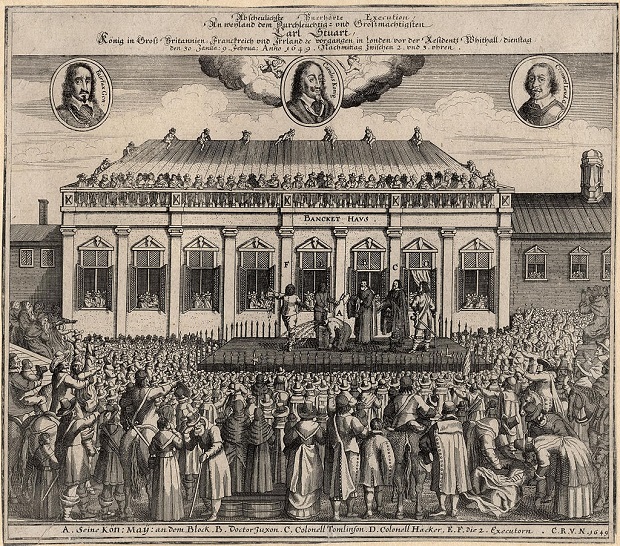
Τhe country adopted the republican form of government known as the Commonwealth & Free State of England and a number of people from both political & religious life of the city who served in prominent positions under the King were stripped of their privileges. Those were for example the people serving in the House of the Lords & the Privy Council (The Privy Council of England was a body of advisers to the sovereign of the Kingdom. Its members were often senior members of the House of Lords and the House of Commons, together with leading churchmen, judges, diplomats and military leaders) who were forced to flee London, since the two bodies were both abolished and the whole situation was too dire for them to take. They left behind them a multitude of fine mansions which were either taken over by the new republican officials or immigrants who converted them into tenements filled with different families in every room. Some were vandalized & eventually became rat-infested slums. The city tried to cope with the tectonic shifts of the main political scene (Protectorate under Oliver Cromwell from 1653 to 1659 & Restoration of monarchy with Charles II & execution of the leading Parliamentarians at Charing Cross in 1660) while its size continued to increase with a large part of the newcomers living outside the city core, in wooden shacks inside shanty towns that sprung up outside the walls.
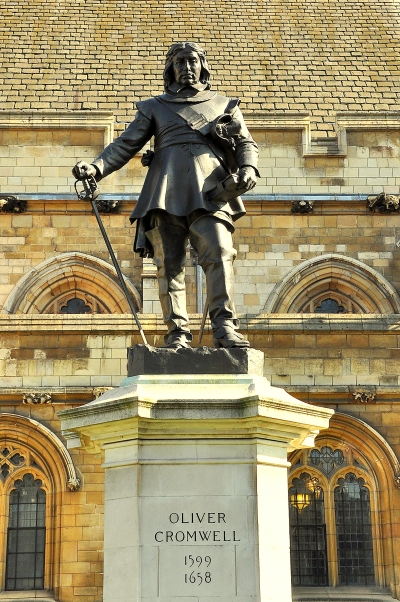
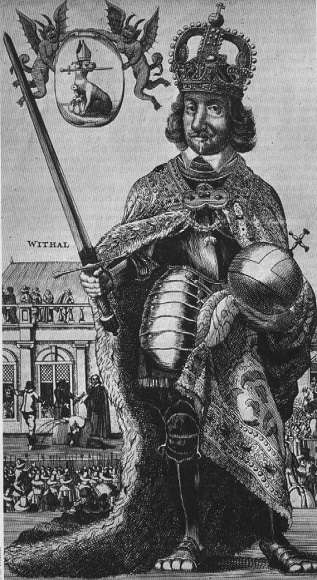

With a population which exceeded half a million people and its streets oozing with animal dung, rubbish and sewage from open drains, the City Corporation employed rakers to remove the worst of the filth which was transported outside the walls. Most of the people walked around with handkerchiefs or nosegays pressed against their nostrils, because of the overwhelming stench. Although Bubonic plague was a much feared disease in a city that had suffered repeated outbreaks in the past, its cause was not yet understood. The Great Plague that broke out in the winter of 1664, surpassed in horror & human casualties all previous incidents. More than 100.000 Londoners or about 1/5 of the city’s population fell ill & died within seven months, with the King moving his court to Oxford & thousands fleeing the capital to escape the disease. Drivers of dead carts traveled the streets calling “Bring out your dead” & carted away piles of bodies, while theaters & other public entertainments were banned to stop the disease spreading.
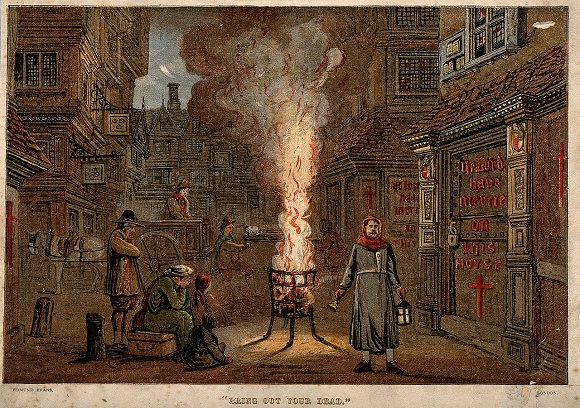

The calamity had just started to subside when a second disaster struck in September of 1666. The city’s Medieval street plan of narrow, winding alleys constituted of wooden in their majority six or seven-story timbered houses of projecting upper floors that nearly met each other created a constant fire hazard especially when many fire-related businesses (glaziers, smithies etc.) operated within the city walls. The Great Fire of London began on the night of September 2, 1666, as a small fire on Padding Lane in the bakery of Thomas Farynor , baker to the King. Within 3 days, five sixths of the City, fifteen of the City’s twenty six wards were completely gone, between them the Guildhall, the Royal Exchange, the Custom House, St. Paul’s Cathedral, 44 Livery halls & 87 parish churches.
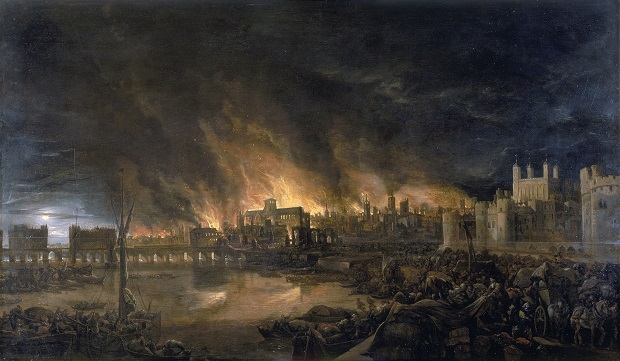
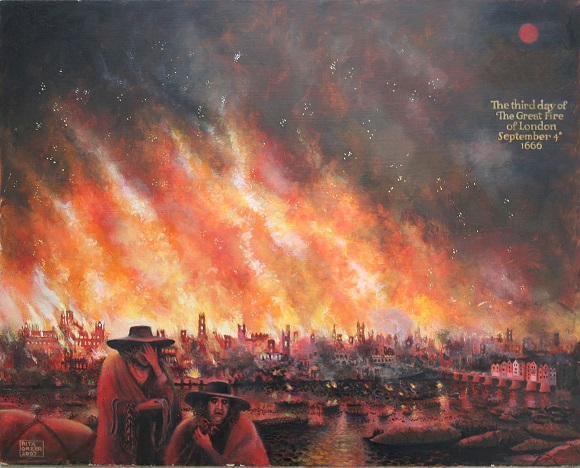
Although London had been almost completely flattened out & thousands were left homeless by the fire, what followed can only be described as the silver lining. Charles II immediately requested for new city plans, that would place London within the lines of a safer & more organized pattern. The new buildings would be exclusively made of brick or stone, the width of the streets would be longer, the wharves along the Thames would be open and accessible with no houses obstructing access to the river while River Fleet (today subterranean), once navigable but little more than deep-sided ditch used to dump rubbish by the time of the fire, would be restored back to a tidal waterway with wide quays in the Parisian style. Christopher Wren was appointed Surveyor-General of the King’s works & was the one who constructed the 61 meters tall Monument erected near Pudding Lane & 50 new parish churches. St.Paul’s was reconstructed as a domed Baroque Cathedral which would serve as London’s primary symbol of pride for over a century.
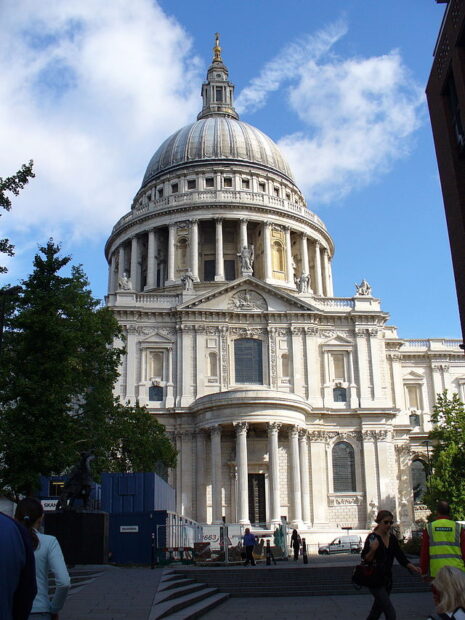

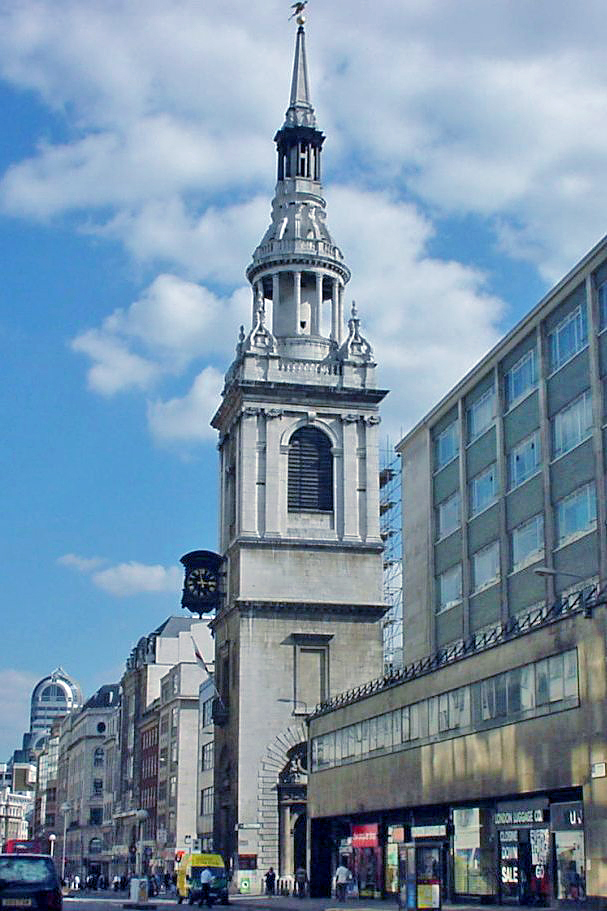
For a period of time after the fire London had been turned into a giant construction site but by the late 1670’s more than 9000 public buildings & houses had been rebuilt in the new sustainable fashion. Despite the plans many of them would follow much of the old street plan mainly because of the unsurpassed complexities of ownership that made the implementation of the ambitious new arrangement impossible. Nonetheless the changes were not limited to the raw materials used for rebuilding. Most of the aristocratic families chose to distance themselves from the core of the city, building their new houses to the west, in Covent Garden, close to Whitehall Palace & along the rural lane of Piccadilly, forming new upper-class neighborhoods that were clearly separated from the middle & working class parts of the mercantile City to the east.
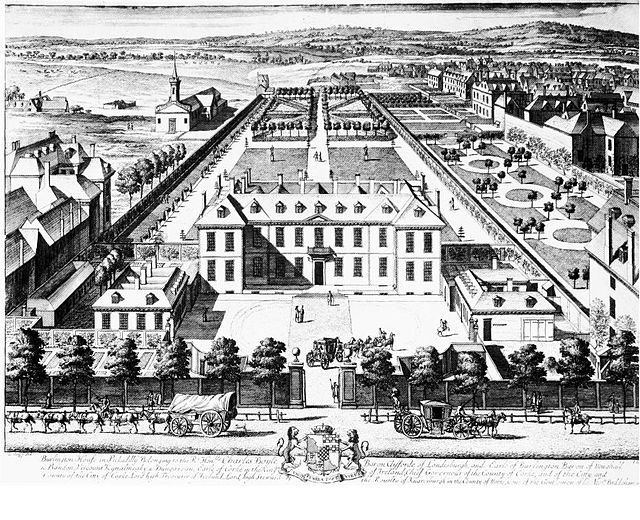
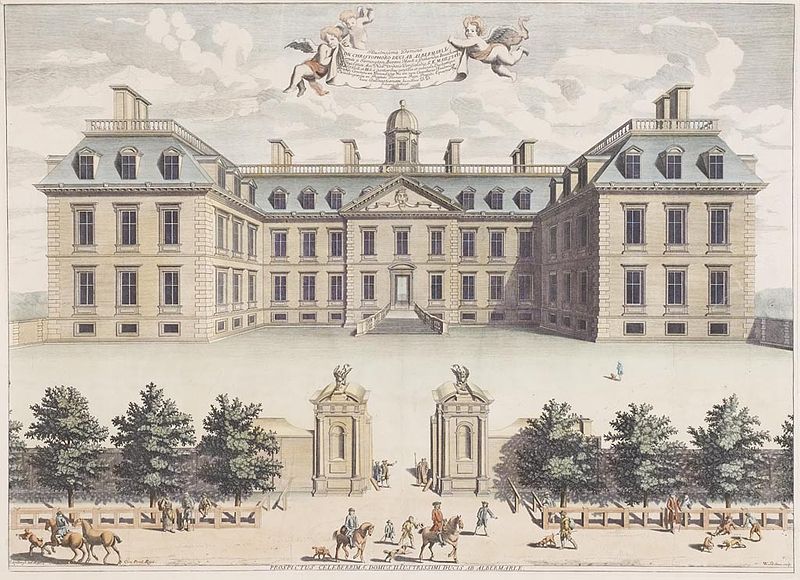
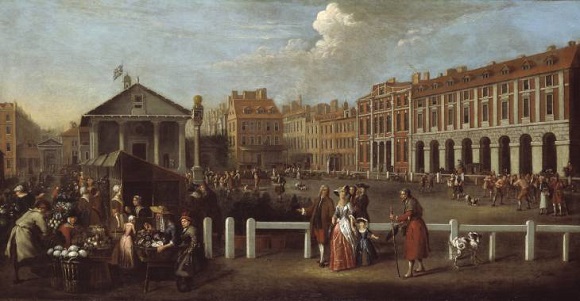
On the opposite side, the East End, the area immediately to the east of the city walls, pooled together the largest amount of noxious & foul smelling industries such as soap processing, clothe-dying or gunpowder manufacturing, workshops and businesses which attracted the majority of low classes. The east part also attracted many of the thousands of migrants arriving every year such as the French Huguenots which were increasingly repressed by Louis XIV after 1685. The East End became the safe harbor where many of them established their new weaving industries. Charles II’s death in 1685 & the ascension of his Catholic brother James II to the throne would cause the so-called Glorious Revolution in 1688 that would depose the Catholic King & enthrone his Protestant elder daughter Mary II & her Protestant husband, Stadtholder of the Dutch Republic, William III of Orange.
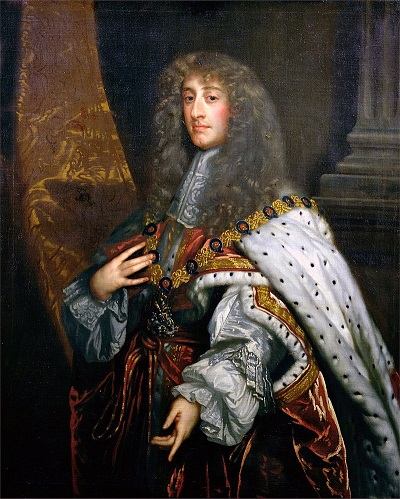
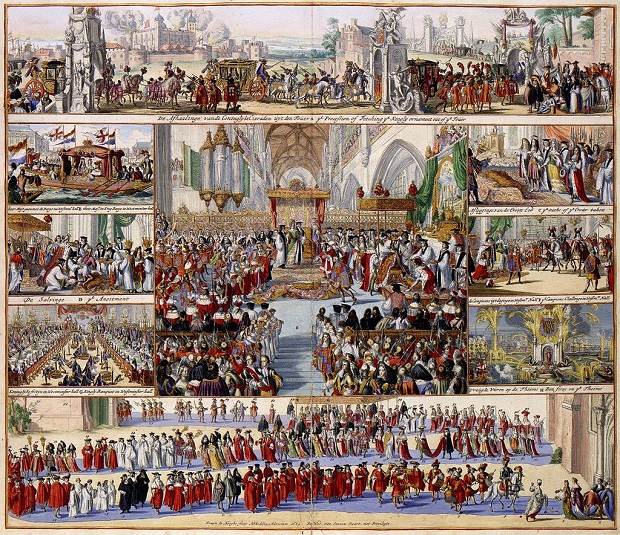
William III’s participation in the Grand Alliance against the French would help the English navy gain control of the seas & help in the growth of new colonies & trading posts in the Caribbean, North America, Africa & the East, which in their turn increased maritime trade & London’s role as England’s largest port. In the same time London was making its first crucial steps towards its transformation into the world’s leading financial center since the need for financial instruments & marine insurance led individual merchant bankers & insurers in forming their own joint stock businesses. In 1688 Lloyd’s coffee shop, frequented by the shipping community to discuss insurance deals, opens for business while a few years later in 1694 the joint stock company of the Bank of England is created after the idea of a London-based Scottish merchant with an aim to lend money to the English government.
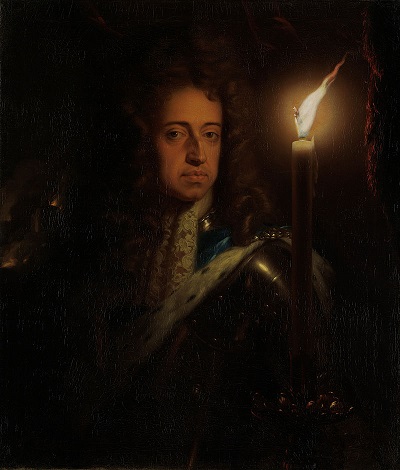
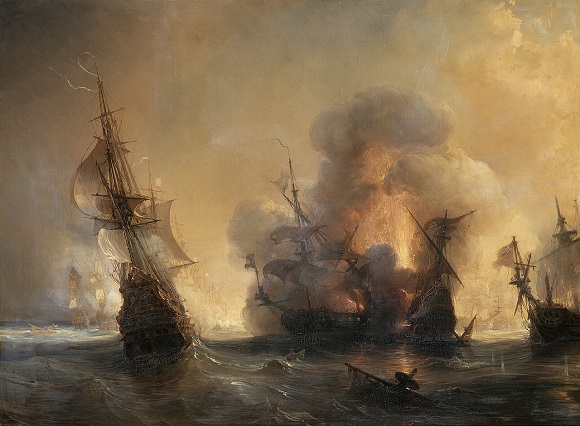
Lloyd’s was only one of the hundreds of coffee houses that had started operating after coffee’s initial debut as an imported eastern product in the late 1650’s. The first English plantation possibly around the -captured after 1664 by the English- colony of New Amsterdam (later renamed into New York) contributed in the wide availability of the product after the 1670’s . By 1675 about 3.000 coffee houses were operating in England many of them located in London. Each one was frequented by its own specified clientele and had its own distinct character, for example Will’s Coffee House (1660) on Russell Street, Covent Garden, that was frequented by poets & writers or Jonathan’s Coffee House in Exchange Alley (1680) famous as a nest-house of revolutionaries (in 1696 several patrons were implicated in a plot to assassinate William III) or White’s on St. James’s street that attracted gentlemen etc.
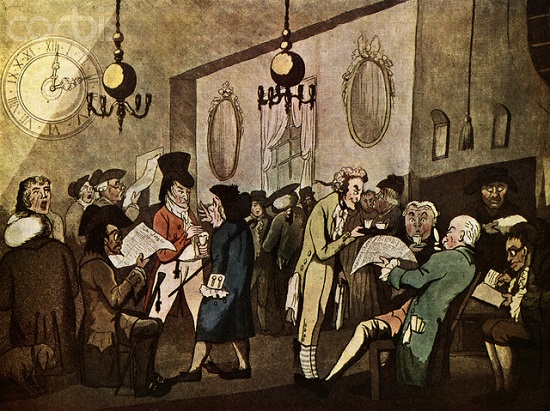
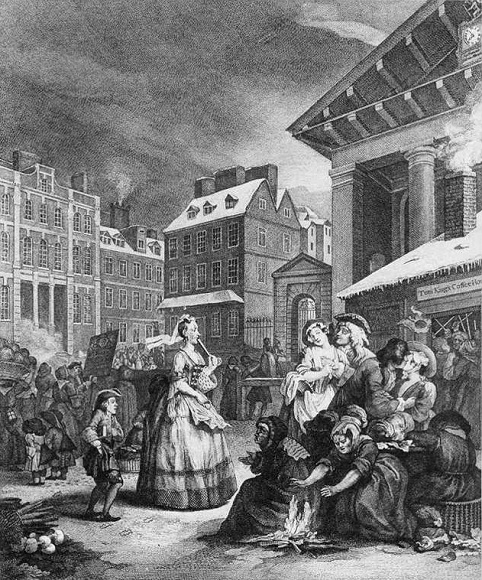
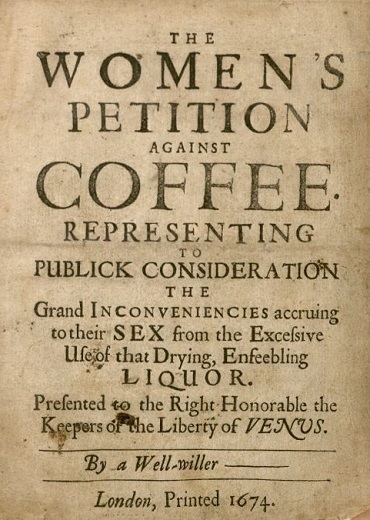
Tea was another product the Dutch of New Amsterdam were familiar with and it also didn’t take long to be London’s favorite along with tobacco & chocolate which were all widely imported & consumed by the end of the 17th century. William III had left Whitehall Palace for the more remote & newly refurbished by Christopher Wren Kensington Palace while new buildings designed to accommodate the workshops & tradesmen serving the nearby gentry sprouted up all over the new aristocratic suburbs like Soho, St. James’s & Leicester Square.
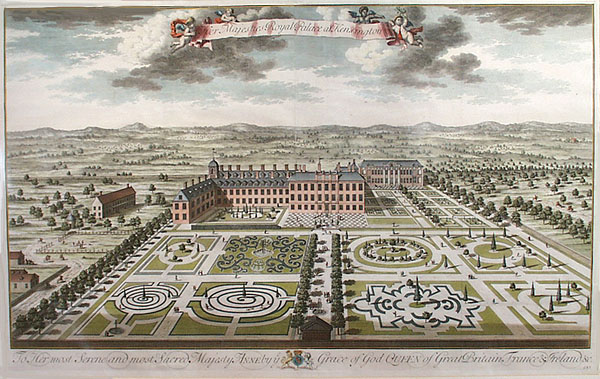
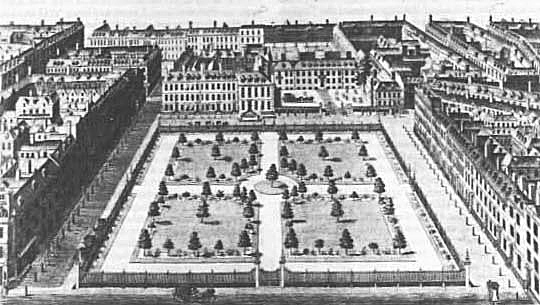
The influx of new waves of immigrants continued this time with the displaced by the Ottomans Greeks. The Greeks created their small community in the new suburb of Soho while the Jews who arrived from Spain, Portugal & Eastern Europe & set up their synagogues on the east side of the city. The Irish came to dominate the area around St Giles in the Fields, which became known as Little Dublin.
After William III’s death in 1702 his wife’s elder sister Anne became Queen with her 12 year-long reign standing out for the unification of England & Scotland into one kingdom, with one parliament, also known as Great Britain. She is also remembered for the successful British maneuvers in the War of the Spanish Succession (1701–1714) that paved the path of Britain as a dominant world power & the further development of the two parliament parties, the Tories who favored the landed interests of the country gentry & the Whigs aligned with commercial interests & financiers.

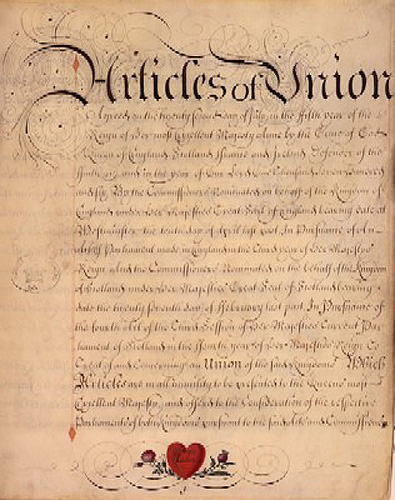
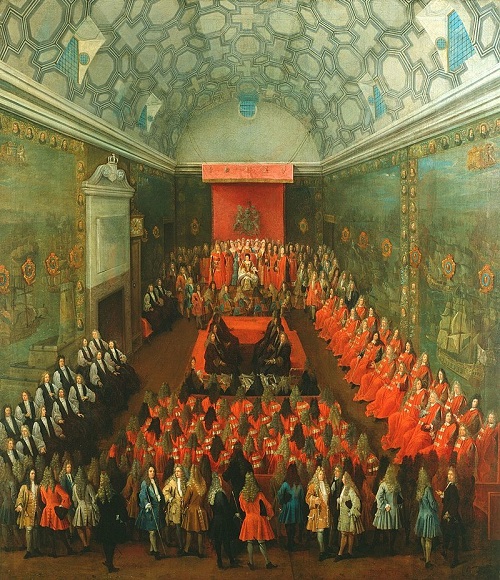
The early days of the 18th century brought the birth of the first newspapers such as the Daily Courant the first daily newspaper published in 1702 from Fleet Bridge in London or the Spectator published in 1711 which catered to the demands of an increasingly literate population. Most of the newspapers of that period put up their shop along Fleet Street. Despite of the Queen’s astounding record of 17 births no child survived long-enough to succeed her in 1714. The need for a non-Catholic ruler led parliament to the choice of her distant Germanic Protestant, Elector of Hanover George I, thus commencing the so-called Georgian Era for the Kingdom of Great Britain. The Georgian period in London coincided very neatly with the Palladian Revival in architecture and art. Lord Burlington, in his 1715 design of Burlington House in Piccadilly, played a major role in popularizing this classical style which became the norm for much of the century. A few years later, in 1725, Lord Burlington was at it again, with his remodeling of Chiswick House, then a country retreat but now part of the greater London sprawl.
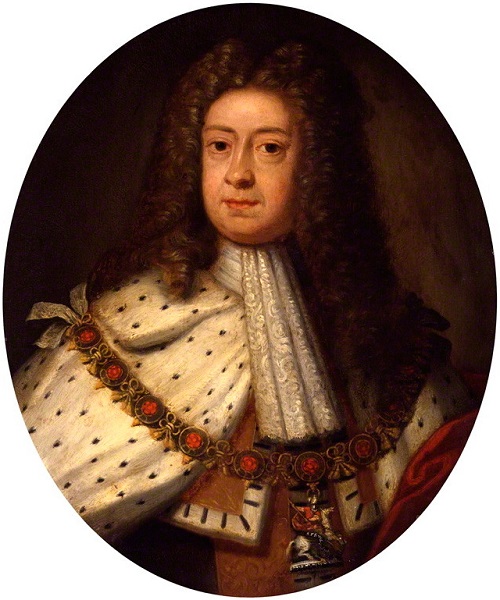
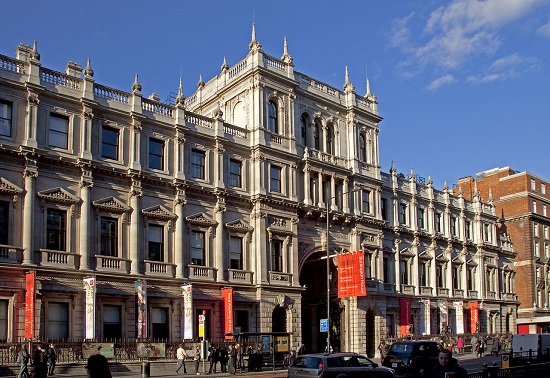

At the same time Grosvenor Square was laid out in the aristocratic district of Mayfair, as part of the Grosvenor family’s development. More London squares followed, notably Berkeley Square (design by William Kent). Kent was also responsible for building the Treasury Buildings at Whitehall (1733), and the Horse Guards building(1745).
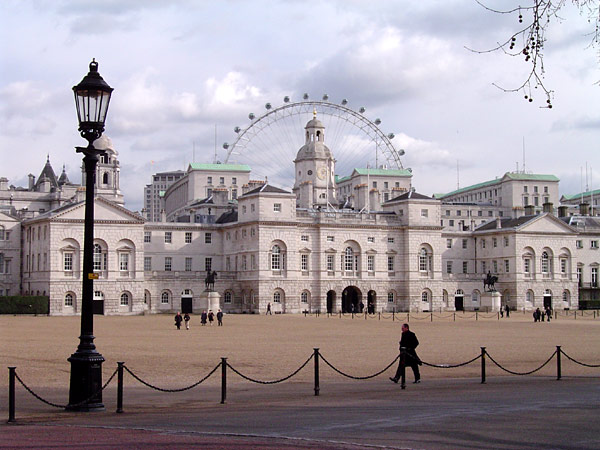

For about six hundred years the only bridge across the Thames in London was London Bridge, connecting the City with Southwark. London’s rapid growth and consequent congestion needed urgent measures that would facilitate traffic, so the shops and houses on London Bridge were pulled down, and large sections of the old city walls were destroyed. In 1750 a new stone bridge was built at Westminster.

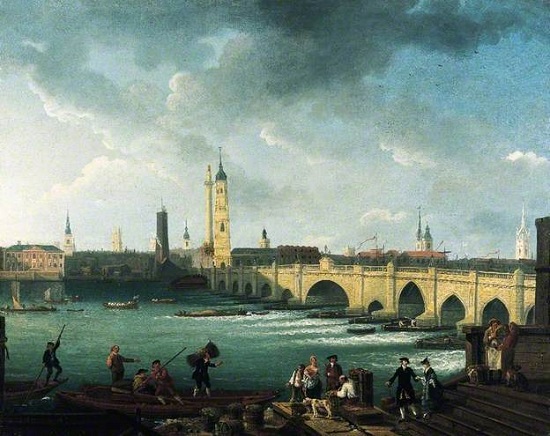
The British Museum was founded in 1753, at a time when London was being transformed from a capital of a booming European power to a global power center of the largest empire the world had ever seen. In 1763 the end of the Seven Years’ War left Britain in control of a large part of North America, India, and much of the Caribbean.
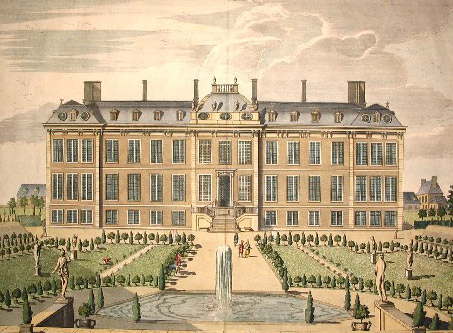
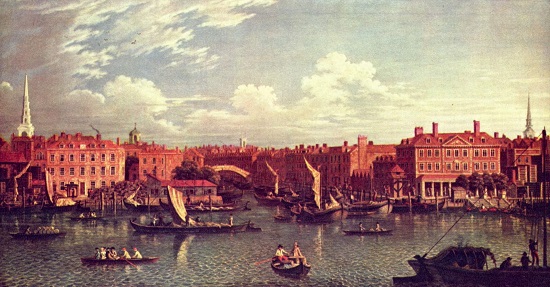
While in the early Georgian period, London was influenced by Lord Burlington, the end of that era was owned by Robert Adam and his neo-classical imitators. Adam was responsible for a spate of influential house designs around London, including the Admiralty Screen, of Whitehall (1759–61), Syon House (1761), Kenwood House as well as Osterley House.
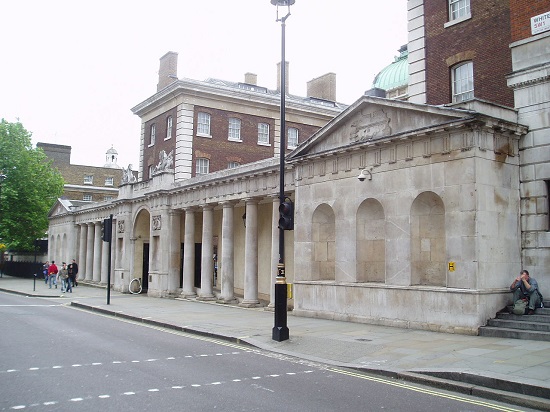
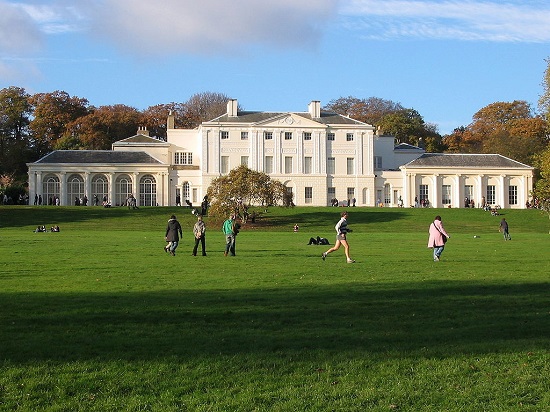
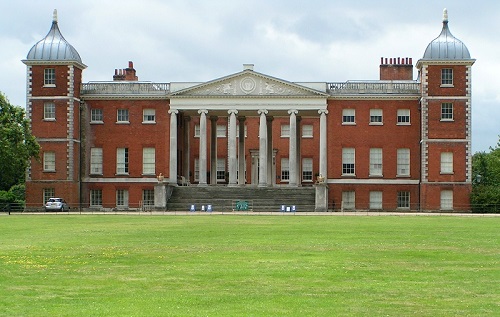
Between 1760 and 1766 the last remaining gates & surrounding walls of the city were demolished. By then London was an ever-increasing area stretching in every direction, escaping for the first time in its history from the magnetic pull of the Thames & its meandering east-west course.
With a new, young & in every aspect British King (George III, r.1760-1820, was the first of the Georgian era, was born & raised in England) on the throne, with improvements in manufacturing techniques and an exploding rate of growth in trade in the expanding British Empire, London entered a new golden age.
The surplus of generated wealth was to a great extent accumulated in the British capital, although by no means evenly distributed to all of the people. The city was increasingly subdivided between rich & poor, the West End gentry & the East End working class. The new money of merchants & financiers moved out to more salubrious spots, beyond the ring of slums that were gradually encircling the growing metropolis, commuting daily to Cheapside & the Royal Exchange.
